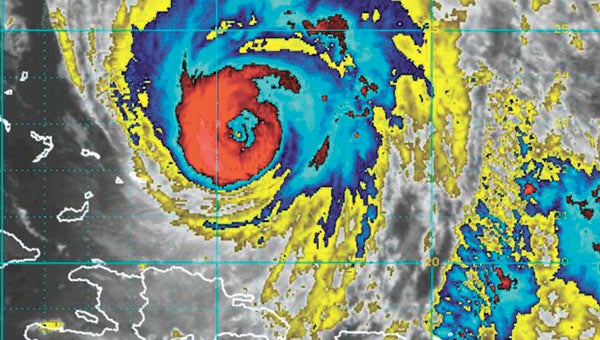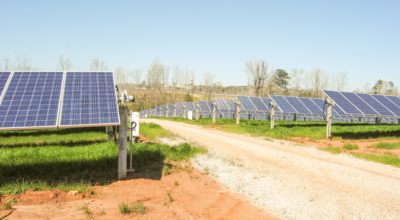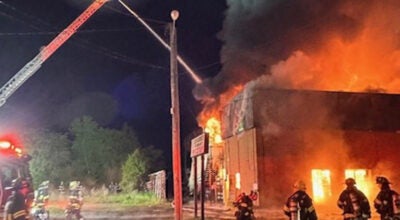Watching Earl
Published 10:59 pm Tuesday, August 31, 2010
Federal emergency management officials are urging residents along the nation’s East Coast to begin preparations now for Hurricane Earl.
The Category 4 storm already has brought rain and high winds to Puerto Rico and the U.S. Virgin Islands and now is expected to turn toward the eastern seaboard and run parallel to the coast up to Canada. Evacuations in the United States may be necessary if the storm comes too close to the coast.
“Today is the day to make sure you have your plan completed and your supplies in place,” said Craig Fugate, administrator of the Federal Emergency Management Agency. “Today is a preparedness day.”
Forecasters were watching Earl closely to determine its path. Tuesday at noon, the storm was about 1,000 miles south-southeast of Cape Hatteras, N.C.
“One of the key issues is going to be when it starts turning toward a more westerly track,” said Bill Read, National Hurricane Center director. “If all of it matches out perfectly, it would be parallel to the coast, but there’s still some concern.”
According to forecasters, the storm will not make landfall, but its large size and proximity to the coast could bring tropical storm-force winds, plenty of rain and a tidal surge to Suffolk by early Friday.
“We do not have a forecasted landfall,” Fugate said. “This is a very large system. We do expect impacts along the coast. Evacuations may be required if the storm does not make that turn as forecasted and tracks further to the west.”
FEMA has a team in place in North Carolina already and has teams prepared to dispatch to other states between Virginia and Maine if requested by the state emergency management agencies, Fugate said.
Tropical Storm Fiona at first appeared to be following in Earl’s footsteps, but now is expected to pass the coast further east.
Tito Hernandez, head of a FEMA incident management team that is working in Puerto Rico and the U.S. Virgin Islands, said about 200,000 customers were without power in Puerto Rico. About 160 people were using public shelters, and airports and cellular communications were in normal working order. Top priorities in the island territory were restoring power and clearing roadways, Hernandez said.
If evacuations are ordered, they will be announced by local media and government agencies. With the storm coming just before a holiday weekend, it could affect some people’s plans.
“A lot of people are asking questions,” Fugate said, encouraging travelers to make a plan beforehand. “Build in some flexibility. If the weekend is good, great. If not, you know what to do.”
For information on the storm’s forecasted track, visit the National Hurricane Center’s website at www.nhc.noaa.gov. For general information on hurricane preparedness, visit www.ready.gov or www.readyvirginia.gov. Those using a mobile device can visit m.fema.gov.







